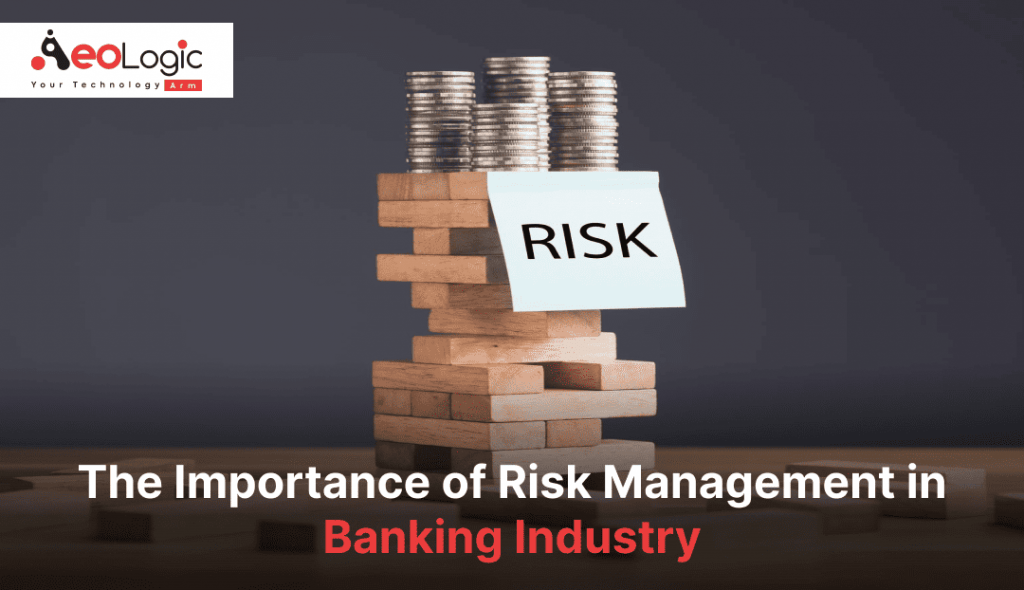The Long-Term Importance of Risk Management in Building Competitive Advantage
The Long-Term Importance of Risk Management in Building Competitive Advantage
Blog Article
Discovering the Value of Risk Management for Effective Decision-Making Approaches
In the detailed globe of organization, Risk Management arises as an essential element in the decision-making process. The capacity to determine potential threats and opportunities, and plan accordingly, can spell the distinction between success and failing.
Recognizing the Concept of Risk Management
Risk Management, an important element in decision-making, is typically misunderstood or oversimplified. Normally, it describes the recognition, analysis, and prioritization of risks to minimize, keep an eye on, and regulate the likelihood or effect of unfavorable occasions. Nevertheless, it's not merely regarding avoiding unfavorable end results, yet likewise concerning identifying prospective opportunities. Risk Management involves regimented and structured strategies, utilizing data and informative analyses. It requires a thorough understanding of the organization's context, purposes, and the possible risks that could combat them. From monetary unpredictabilities, lawful liabilities, strategic Management errors, to mishaps and all-natural disasters, it addresses numerous risks. Notably, effective Risk Management is not stagnant; it's a continuous, forward-looking process that develops with transforming circumstances.
The Duty of Risk Management in Decision-Making Processes
In the world of tactical preparation and company procedures, Risk Management plays an integral function in decision-making processes. Risk Management therefore becomes an essential device in decision-making, assisting leaders to make informed options based on a thorough understanding of the risks entailed. Risk Management serves as a crucial element in the decision-making processes of any organization.
How Risk Management Enhances Strategic Preparation
In the context of strategic preparation, Risk Management plays a pivotal function. Launching with the identification of prospective risks, it further encompasses the implementation of Risk reduction measures. The function of Risk Management is not fixed however dynamic, as it demands constant tracking and adjusting of techniques.
Recognizing Possible Risks

Implementing Risk Reduction
Risk mitigation techniques can range from Risk avoidance, Risk transfer, to run the risk of reduction. Each strategy needs to be tailored to the specific Risk, considering its potential influence and the organization's Risk resistance. Effective Risk mitigation calls for a deep understanding of the Risk landscape and the possible effect of each Risk.
Tracking and Adjusting Approaches
Though Risk mitigation is a vital action in critical planning, continual tracking and change of these techniques is just as crucial. This ongoing procedure allows companies to identify new threats and reassess existing ones, making sure the implemented methods remain reliable in the ever-changing company setting. It also offers a possibility to evaluate the success of the Risk Management measures, allowing adjustments to be made where essential, further improving calculated preparation. Effective tracking and modification need using analytics and vital efficiency signs (KPIs) to measure effectiveness. These tools supply valuable data-driven understandings that can educate critical decision-making. Monitoring and changing Risk Management approaches is a vital element for improving a company's resilience and strategic preparation.
Case Studies: Successful Risk Management and Decision-Making
In the globe of service and finance, effective Risk Management and decision-making typically serve as the columns of thriving enterprises. These instances highlight the value of sharp Risk Management in decision-making processes. These instances underscore the essential function of Risk Management in calculated decision-making.
Tools and Methods for Reliable Risk Management
Navigating the detailed maze of Risk Management requires the ideal set of devices and like it techniques. These tools, such as Risk signs up and heat maps, aid in recognizing and examining potential dangers. Strategies include both measurable approaches, like sensitivity evaluation, and qualitative methods, such as SWOT analysis. These aid in prioritizing threats based on their prospective influence and possibility. Risk feedback strategies, a crucial part of Risk Management, involve accepting, staying clear of, transferring, or mitigating dangers. Surveillance and controlling dangers, via regular audits and reviews, ensure my website that the approaches remain efficient. With these techniques and tools, decision-makers can navigate the complicated landscape of Risk Management, thereby promoting educated and effective decision-making.
Future Fads in Risk Management and Decision-Making Approaches
As we discover the huge landscape of Risk Management, it ends up being obvious that the tools and strategies utilized today will certainly remain to progress. Future patterns point in the direction of a boosted dependence on modern technology, with synthetic knowledge and equipment learning playing substantial duties. These innovations will make it possible for companies to forecast potential risks with better precision and make more informed decisions. In addition, there will be an expanding emphasis on strength, not simply in managing threats but also in jumping back from negative circumstances. Lastly, the principle of Risk society, where every member of a company realizes and involved in Risk Management, will certainly acquire more importance. These patterns proclaim a more comprehensive and positive technique towards Risk Management and decision-making.
Verdict

Risk Management thus comes to be a vital device in decision-making, assisting leaders to make educated choices based on a detailed understanding of the dangers included. Risk mitigation approaches can vary from Risk avoidance, Risk transfer, to run the risk of reduction (importance of risk management). Reliable Risk mitigation needs a deep understanding of the Risk landscape and the prospective effect of each Risk. Risk reaction strategies, an essential part of Risk Management, include approving, staying clear of, moving, or mitigating threats. The principle of Risk culture, where every participant of an organization is conscious and involved in Risk Management, will certainly get much more prominence
Report this page